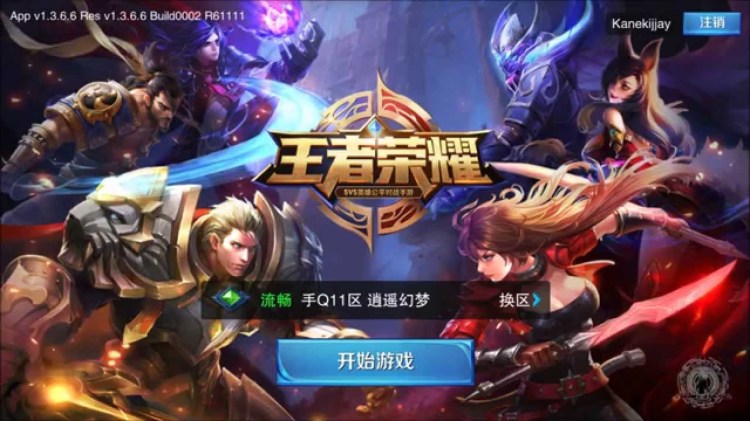The global market for digital games is set to generate more than $94 billion in annual revenue, according to a recent research from market intelligence firm Newzoo. This prompted my company, One Hour Translation, to analyze industry marketing trends by examining about 9,550 translation projects of approximately 2,000 English-language video games in recent years.
The numbers were staggering. Fifty-four percent of all translation projects in 2017 exclusively covered the MOBA (multiplayer online battle arena), MMO (massively multiplayer online), and MMORPG (massively multiplayer role-playing game) genres. This is more than double the meager 22 percent in 2016. All other gaming genres had a notable drop this year.
This makes perfect sense. Single-player games have been on decline ever since efficient internet gaming became possible. Droves of gamers all over the world are switching to online multiplayer titles and franchises.
Naturally, game studios followed their customers. This caused a boom of online games in the last few years. To get more customers, developers must make these games as accessible as possible. In other words, this means renting regional server clusters, hiring local staff, adding support for disabled persons, and, obviously, providing translations and localization for their games.
June 5th: The AI Audit in NYC
Join us next week in NYC to engage with top executive leaders, delving into strategies for auditing AI models to ensure fairness, optimal performance, and ethical compliance across diverse organizations. Secure your attendance for this exclusive invite-only event.
Why we think this is happening
For many players, the local version of a game doesn’t just make it more accessible. It is also an enabler of communication. Think about it — the game’s lore, the storylines, the character development, and even mechanics are rarely limited only to specific groups of people, ethnicities, nationalities, religious, or political orientations.
The players are engaged in tried-and-tested storytelling tropes. These transcend country borders and language barriers, cultural and historical differences, generational gaps and even bad blood between warring nations. Now, it’s true that multiplayer games draw inspiration from known and popular mythologies, ethos, exotic cultures, big nations, rich histories and so on. But rarely do these content foundations discriminate against anybody or anything.
Almost anyone in any part of the world can identify with at least some part of the game, be it a prominent character, the setting, the landscapes, the time period, the historic and/or civilization similarities, and so on and so forth. It often happens that the adoption rates are higher in-non developer countries, simply because the overall theme and feel of the game better suit certain foreign demographics. And that’s why we think MOBAs and MMOs are the most translated genres in 2017.
Look no further than League of Legends. It’s a great example of a game that amassed an absolutely ridiculous amount of players in a huge country. The most recent reports estimate some 110 million League of Legends players in China. Granted, China’s population has hit 1.4 billion in 2016. However, that means almost 8 percent of the entire population has played the popular MOBA. Let that sink in for a moment!
A more recent success story is PlayerUnknown’s Battlegrounds, known as PUBG. This battle royal shooter has been on a tear since its Steam Early Access release in March. In a little over half a year, PUBG obliterated several all-time Steam records. As of October 6, the highest peak of concurrent players was close to 1.75 million. The game has already sold more than 13 million copies. The growth momentum does not show signs of slowing down any time soon.
Who’s getting the translations?
Around 74 percent of all the near-27 million active Steam users from China own PUBG. It’s no surprise Simplified Chinese is one of the languages available. It’s also in Korean, French, German, Spanish, Arabic, Japanese, Polish, Portuguese, Russian, Turkish, and Thai. Online multiplayer gaming is truly a global phenomenon.
If your business directly or indirectly relies on gaming tech, trends and developments, our research results point to a few obvious patterns. Overall, our research found most translation projects target European languages. German and French translations hover around 10 percent each. Italian and Spanish are close behind at 8.6 percent and 8.1 percent respectively. Then there’s Brazilian Portuguese (6.5 percent), Japanese (6.2 percent), Russian (5.6 percent), Turkish (5.2 percent), Korean (4.9 percent), and Swedish (4.5 percent).
Translation distribution is similar in MOBA, MMO and MMORPG genres as well. German and French sit at about 10.5 percent. Spanish is close with 9.8 percent. Russian holds 7.5 percent, and Italian projects take 5.6 percent.
The meaning for video games marketers is quite clear: First, they should do their best to ride the waves of the MOBA, MMO and MMORPG trends. Second, targeting gamers that speak German, French, Spanish and Italian is a must, but shifting marketing and localization efforts towards other big gaming strongholds like China, Korea, Russia, Turkey, Japan, Brazil and Sweden is also essential.
Yaron Kaufman is the co-founder and CMO of One Hour Translation, the world’s largest online translation agency.


